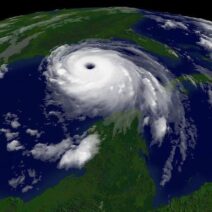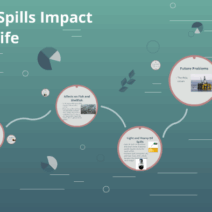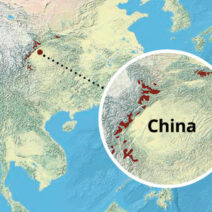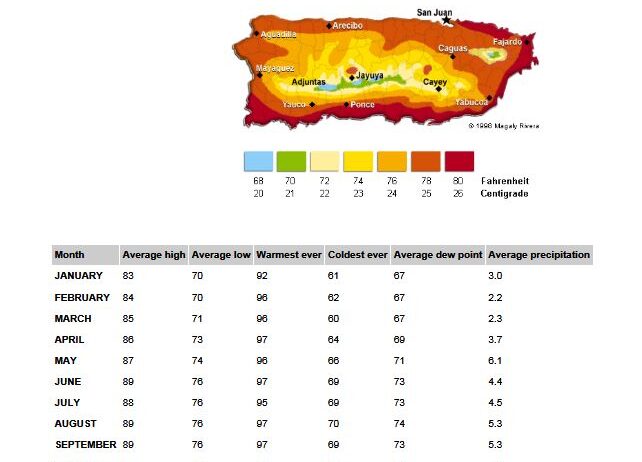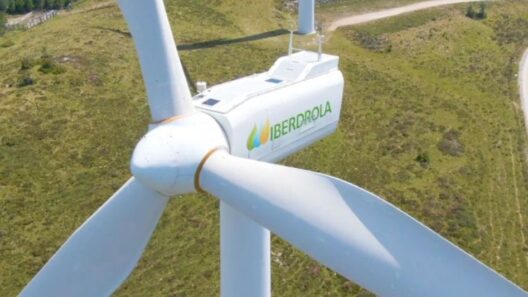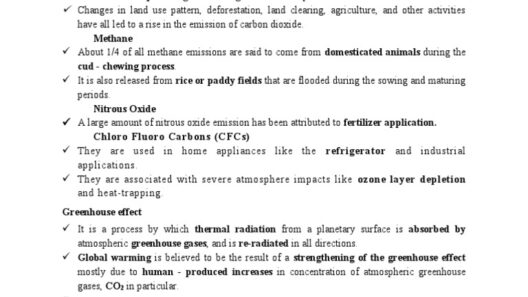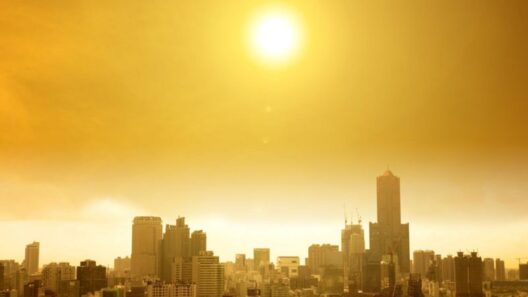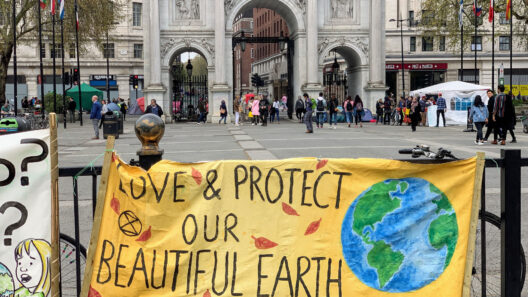The climate of Puerto Rico is a captivating tapestry woven from myriad meteorological threads. Embracing the island’s geographical position in the Caribbean, it offers an enchanting experience that invites exploration and admiration. The tropical breezes that grace the island year-round create an inviting atmosphere for residents and visitors alike. This climate is not merely a backdrop; it is an intrinsic part of the Puerto Rican identity, influencing the culture, ecology, and lifestyle of its inhabitants.
Emphasizing the key characteristics of Puerto Rico’s climate, it is crucial to dissect its relentless warmth and the significant microclimates that punctuate its landscapes. With a general classification as tropical maritime, Puerto Rico’s climate can be succinctly encapsulated: warm and humid with a fair share of precipitation, characterized by standard temperature fluctuations and a cherished consistent breeze. However, it is the nuanced variations that lend the island its distinct charm.
Puerto Rico experiences a duality of climate, bustling with regenerative energy and tranquil serenity, allowing visitors to revel in an assortment of environments. The northern coastal regions see significantly more rainfall due to orographic lift, while the southern areas, like Ponce and Guánica, bask under a parched sun more frequently. This juxtaposition nurtures a vibrant ecology that transitions from lush rainforests to arid landscapes within short distances.
Engagingly beautiful during the day, Puerto Rico transforms into a spectacle at twilight. The tropical night air becomes a soothing embrace, with the beaches illuminated by the moon’s reflection. The allure manifests in both aesthetic beauty and climatic comfort, allowing for various outdoor adventures that take shape at different times of the day. Those balmy evenings are integral to the cultural tapestry, where locals and tourists gather at seaside venues, savoring the warmth while engaging with dynamic music and colorful conversations.
Rainfall patterns are another essential dimension of this tropical oasis. The wet season, spanning from May to October, coincides with the tropical Atlantic hurricane season. The potential for powerful storms looms, yet it often serves to rejuvenate the land. The interplay between sunlight and rain fosters a lush environment flourishing with diverse flora and fauna, contributing to the island’s ecological biodiversity. In contrast, the dry season invites clear skies, providing ideal conditions for outdoor exploration, ranging from hiking excursions in El Yunque National Forest to unwinding on idyllic beaches.
As we delve deeper into the unique facets of Puerto Rico’s climate, one cannot overlook the primary meteorological phenomenon that shapes the island experience: the trade winds. These winds, constant and gentle, emerge from the east and serve as nature’s air conditioning system, mitigating the potential for oppressive heat. The delightful breezes carry the scent of salt and vegetation, adding an olfactory dimension to the already stimulating environment. This climatic feature transforms the everyday life of Puerto Ricans, whether through setting sail on a boat or simply mingling at beachside cafes.
Shifting the focus to the ecological impact, the climate invigorates agriculture, fostering a bounty of unique crops. The year-round warmth combined with substantial rainfall yields an array of produce that delights the taste buds while sustaining local economies. Coffee plantations nestled in the lush mountains of central Puerto Rico flourish due to these climatic conditions, producing beans that are internationally revered. Meanwhile, tropical fruits such as mangoes, papayas, and guavas create a colorful tableau of flavors and aromas, further enhancing the gastronomic landscape.
Puerto Rico’s climate plays a critical role in conservation efforts aimed at safeguarding its natural resources. Biodiversity hotspots emerge, demanding attention and respect as residents acknowledge the connectedness of their climate with the wider ecological community. Here, residents navigate between conservation and development, aspiring to maintain Caribbean ecosystems while earning a living from tourism and agriculture. This delicate balance underscores the ongoing dialogue about sustainable practices and the importance of preserving the intricate relationship between people, nature, and climate.
From the intensity of rainfall, creating ephemeral waterfalls cascading down lush mountainsides, to the calming presence of gentle breezes brushing the brilliant cerulean seas, Puerto Rico’s climate is a wondrous phenomenon. It offers a backdrop for both relaxation and adventure, allowing individuals to indulge in various outdoor activities throughout the year. Whether you seek the exhilarating rush of surfing the northern waves or the tranquil exploration of bioluminescent bays, the climate makes a compelling case for Puerto Rico as a destination like no other.
In conclusion, Puerto Rico’s tropical climate stands at the intersection of vibrancy and tranquility, shaping the lives of its people. Influencing agriculture, culture, and leisure pursuits, the rich textures of warmth, humidity, and seasonal change create a climate that nurtures exploration and harmony. The whispered secrets of tropical breezes year-round invite the curious and the weary, beckoning them to immerse themselves in the enchanting embrace of this Caribbean paradise.
